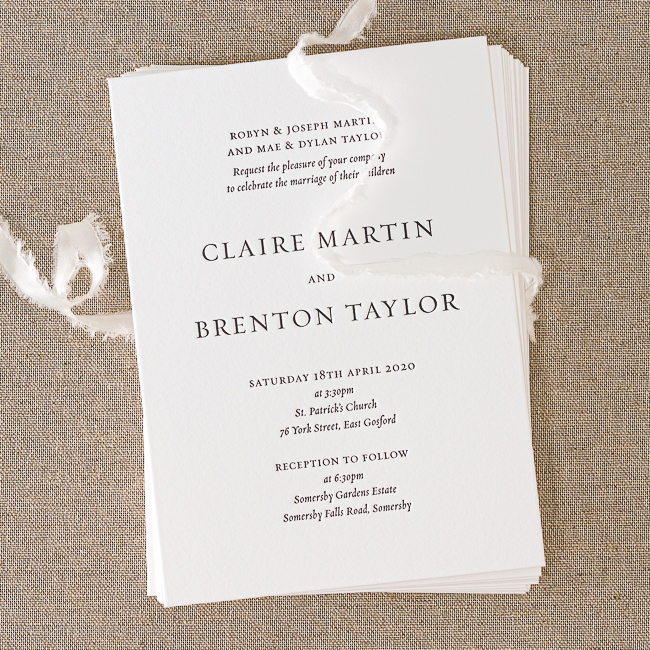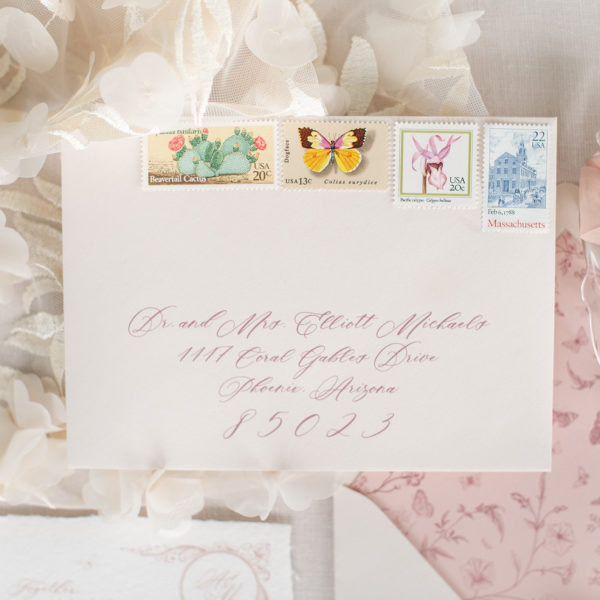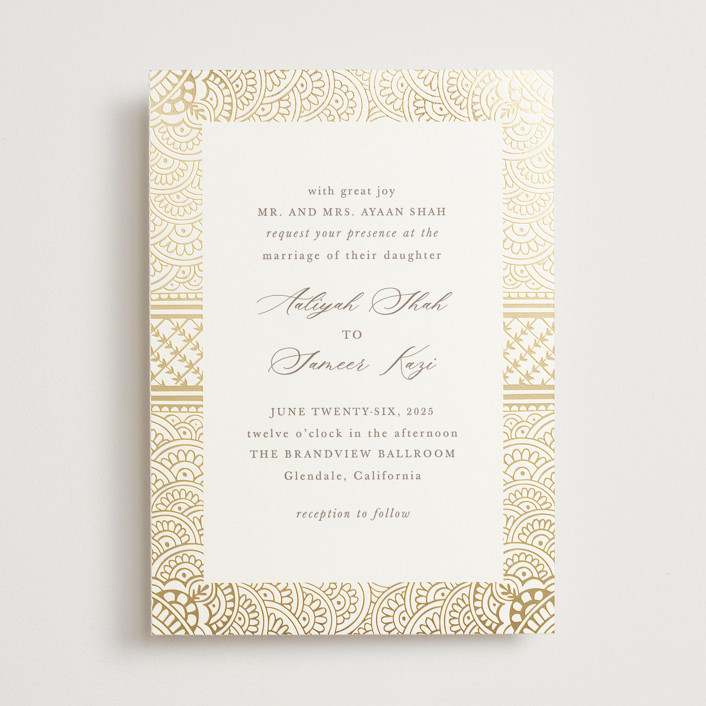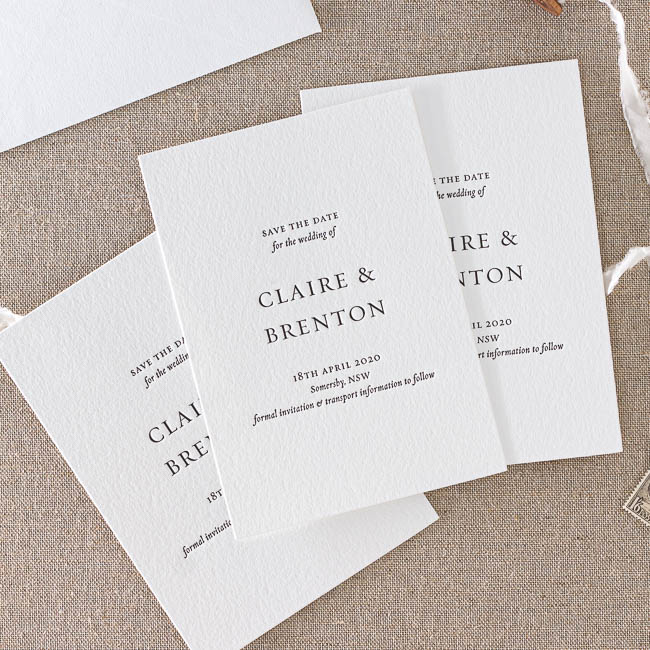I. Introduction
A. Significance of wedding invitations
When do you mail out wedding invitations? Wedding invitations are not just pieces of paper; they are the initial reflection of your special day and set the tone for the event. They provide guests with crucial details such as the date, time, and location of the wedding, as well as other pertinent information. They also offer a glimpse into the style and theme of the wedding, providing guests with a preview of what to expect. Moreover, wedding invitations convey the honor and respect you have for your invited guests, making them feel valued and included in your celebration.
B. Importance of timing in mailing out wedding invitations
The timing of sending out wedding invitations is critical in ensuring that your guests have ample time to plan and prepare for your big day. Mailing invitations too late may result in scheduling conflicts for your guests, or they may not be able to attend due to prior commitments. On the other hand, sending invitations too early may lead to guests forgetting about the event. Striking the right balance in timing is vital to maximize attendance and ensure that your guests can make the necessary arrangements to be present on your special day.
II. Timing Considerations
A. Setting a timeline for sending out invitations
When do you mail out wedding invitations? When setting the timeline for sending out invitations, it’s essential to consider various factors. Begin by determining the date of the wedding and work backwards from there. Consider the time required for guests to RSVP, the need for providing travel and accommodation details, and any cultural or regional norms that may influence the timing of sending invitations. By creating a comprehensive timeline, you can ensure that your invitations are sent out in a timely manner, providing guests with sufficient time to respond and make necessary arrangements.
B. Factors to consider when determining the mailing date
In determining the mailing date for wedding invitations, several factors should be taken into account. These include the location of the wedding, whether it is a destination wedding or local event, the time of year, and any potential scheduling conflicts such as holidays or major events. Additionally, consideration should be given to the delivery time for the invitations, especially if they are being mailed internationally. By carefully evaluating these factors, you can select an appropriate mailing date that allows guests ample time to prepare and respond.
III. Save the Date Cards

A. The purpose of save the date cards
Save the date cards serve a crucial function in modern wedding etiquette, particularly for couples planning a destination wedding, summer nuptials, or a wedding during a holiday season. These cards are the initial heads-up to your guests, informing them of your upcoming wedding date and city, allowing them to mark their calendars and make initial arrangements. Save the date cards also offer the opportunity to introduce the theme or colors of your wedding, creating anticipation and excitement among your invited guests.
B. When to send out save the date cards
The timing of sending save the date cards varies depending on the circumstances of your wedding. For destination weddings or weddings taking place during peak travel seasons, sending save the date cards six to twelve months in advance is advised, allowing guests adequate time to book travel and accommodations. For local weddings or those during less busy periods, sending save the date cards four to six months in advance is generally appropriate. By doing so, you ensure that your guests are well-informed and prepared for your special day.
IV. Designing and Printing Invitations
A. Choosing the design and format of the invitations
When do you mail out wedding invitations? Selecting the design and format of your wedding invitations is a chance to infuse your personalities and the theme of your wedding into the very first impression of your celebration. From classic and elegant to modern and whimsical, the design should reflect the mood and style of the wedding. Additionally, the format of the invitation, such as traditional cardstock, digital invitations, or unique materials, should align with the overall theme and atmosphere of the wedding. It is advisable to choose a design and format that not only captivates your guests but also aligns with the flow of your wedding proceedings.
B. Selecting a reputable printing service

When selecting a printing service for your wedding invitations, it’s essential to choose a reputable and professional provider that can bring your vision to life accurately and on time. Research local and online printing companies, read testimonials, and view samples of their work to ensure they meet your standards. Additionally, consider the variety of printing options they offer, such as custom designs, embossing, foil-stamping, and eco-friendly materials. By selecting a trustworthy printing service, you can be confident that your invitations will be of the highest quality and make a lasting impression on your guests.
V. Assembling and Addressing Invitations
A. Best practices for assembling invitations
The assembly of wedding invitations is a meticulous process that requires attention to detail and finesse. Start by organizing all the components of the invitation suite, including the invitation itself, response cards, reception cards, and any additional inserts in the order they should be presented. Carefully insert each piece into the envelope, ensuring that the wording on the invitation faces the recipient as they open the envelope. It is essential to double-check the contents to avoid any omissions or errors before sealing the envelopes. When assembling, consider the visual presentation and ensure that the invitation suite conveys elegance and professionalism.
B. The etiquette of addressing wedding invitations
Addressing wedding invitations is an art that requires adherence to proper etiquette to show respect and consideration for your guests. When addressing the outer envelope, use formal titles and full names, avoiding any abbreviations. Inner envelopes should include the names of the invited guests, providing a personal touch and indicating who is specifically invited. Pay close attention to the correct titles for each guest, such as “Mr.,” “Mrs.,” “Ms.,” or “Dr.,” to demonstrate proper respect. Additionally, for non-traditional couples or guests, such as those in same-sex relationships or unmarried couples living together, it’s imperative to address the envelopes with consideration and inclusivity to reflect modern societal norms and values.
VI. Postage and Mailing
A. Weighing and calculating postage for the invitations
Weighing and calculating postage for wedding invitations is a critical step to ensure that they are securely and promptly delivered. Assembled invitations should be weighed at the post office or using a personal postage scale to determine the accurate postage required for each invitation. Extra weight or non-standard shapes may incur additional postage, so it’s vital to confirm the postage amount with the postal service. Moreover, consider investing in custom or personalized stamps to add a personalized touch to your invitations, enhancing their overall aesthetic appeal while adhering to the necessary postage requirements.
B. Tips for securely mailing out wedding invitations
When mailing out wedding invitations, there are several tips and best practices to ensure they reach your guests in perfect condition. Use strong, durable envelopes to protect the contents from damage during transit. To prevent potential damage to the invitation suite, consider adding a layer of tissue paper inside the envelope or using inner envelopes for added protection. It’s also advisable to hand-cancel the invitations at the post office to avoid damage from machine processing, thereby maintaining the pristine condition of your invitations throughout their journey to your guests’ mailboxes.

